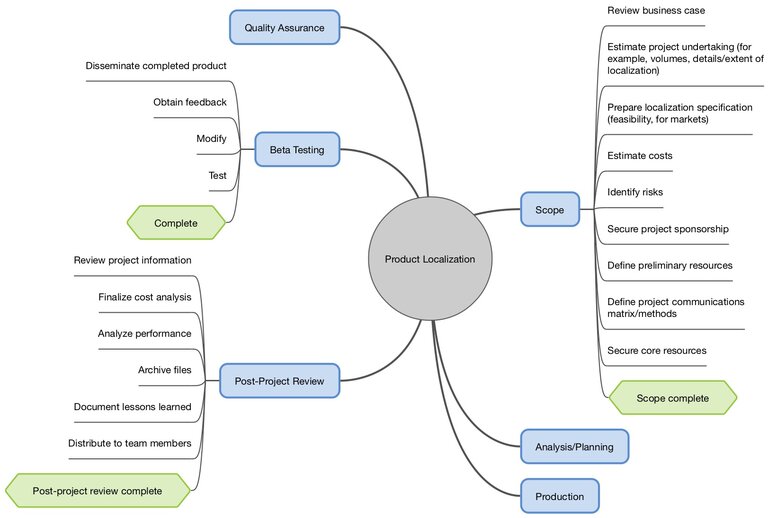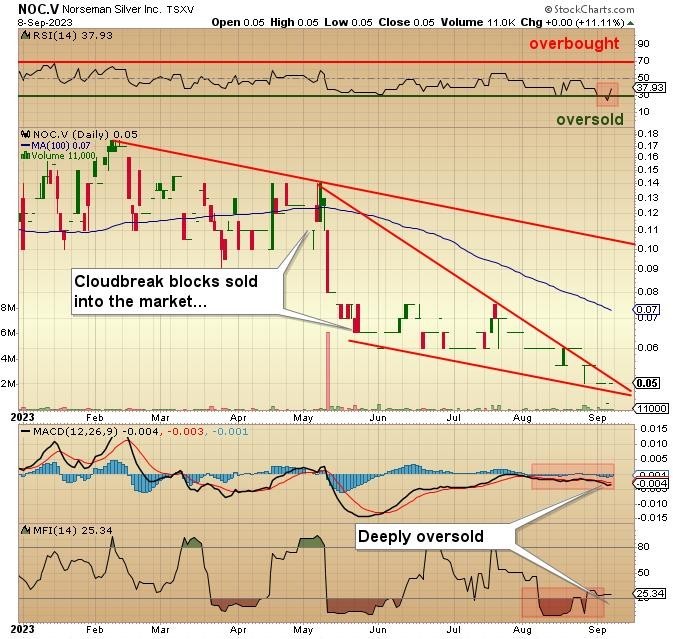

Roland Brian brings 38 years of electronics and satellite experience, with 29 of those years focusing on television and video engineering specialization. Video Engineer, Global Foundation for Ocean Exploration Prior to signing on with NOAA Ocean Exploration, Sam spent four years aboard NOAA Ship Fairweather, serving as the chief hydrographic survey technician leading coastal bathymetric surveys in areas ranging from the Alaskan Arctic to California’s Channel Islands. Following graduation, he worked as an instructor for UNCW's MarineQuest, leading a suite of marine science experiential learning programs ranging from the generation of biodiesel from algae to the operation of side-scan sonars and remotely operated vehicles. Sam received a bachelor’s degree in marine biology from the University of North Carolina, Wilmington (UNCW), with minors in environmental science and oceanography, and an associate degree in marine technology from Cape Fear Community College. He splits his time between conducting field operations aboard NOAA Ship Okeanos Explorer as an expedition coordinator/mapping lead and conducting shoreside responsibilities at the University of New Hampshire Center for Coastal and Ocean Mapping/Joint Hydrographic Center, including mission planning, data quality control, and data archiving. Sam Candio is a physical scientist with NOAA Ocean Exploration. Jamie has participated in numerous research expeditions in California, Oregon, and Alaska mapping the seafloor, collecting subbottom seismic profile data, and recovering sediment core samples from the seafloor.Įxpedition Coordinator, NOAA Ocean Exploration west coast, and aims to help understand the hazards posed to coastal communities and infrastructure by offshore active faults and submarine landslides. His current research is focused on the seafloor geology of the U.S. From 2006-2008 he did similar studies in Madagascar as part of a cooperative USGS-British Geological Survey project funded by the World Bank. and dating ore deposits and related igneous rocks using Argon geochronology. He began his career with the USGS working on mineral and ore deposit studies in the western U.S.

Berkeley and a master’s degree in geology from San Jose State University. He received his bachelor’s degree in earth science from U.C. Geological Survey’s (USGS) Pacific Coastal and Marine Science Center in Santa Cruz, California. Jamie Conrad is a research geologist with the U.S. Over the years they’ve worked with various remotely operated vehicle (ROV) platforms, camera systems, trawls, and drones, and they are incredibly excited to explore the Gulf of Alaska with ROV Deep Discoverer and the NOAA Ocean Exploration team. They are currently working with colleagues at the University of Victoria and the Royal BC Museum on the taxonomy of the bubblegum corals found in the Northeast Pacific (genus Paragorgia).
MERLIN PROJECT MANAGEMENT SERIES
Their taxonomic research has taken the form of published identification guides for sponges and corals, as well as a series of guides for species in situ on iNaturalist. They coordinate a team of annotators that collect data from video and photos of deep-sea study sites, which include seamounts, cold seeps, hydrothermal vents, and mud volcanoes, each with their own unique biological communities and dynamics. Their work now focuses on vulnerable marine ecosystems in the offshore region of British Columbia, contributing to the establishment and monitoring of the Tang.ɢwan – ḥačxwiqak – Tsig̱is Marine Protected Area. Since 2019, they have built on and continued this work in their current role as an aquatic science biologist with the Integrated Conservation Monitoring Program in the Marine Spatial Ecology and Analysis Section at IOS. At BIO, they focused on the annotation of underwater imagery and study of sponge and coral taxonomy. Merlin studied biology at Dalhousie University in Halifax, Nova Scotia and started their career at the Bedford Institute of Oceanography (BIO) as a technician in 2007.

Merlin Best is a biologist with Fisheries and Oceans Canada based out of the Institute of Ocean Sciences (IOS) in Sidney, British Columbia, in the territory of the W̱SÁNEĆ Peoples including the MÁLEXEȽ (Malahat), BOḰEĆEN (Pauquachin), W̱JOȽEȽP (Tsartlip), SȾÁUTW̱ (Tsawout), and W̱SĺḴEM (Tseycum) Nations. Science Co-Lead (Biology), Fisheries and Oceans Canada Seascape Alaska 5: Gulf of Alaska Remotely Operated Vehicle Exploration and Mapping (EX2306).Diversity, Equity, Inclusion, and Accessibility.


 0 kommentar(er)
0 kommentar(er)
